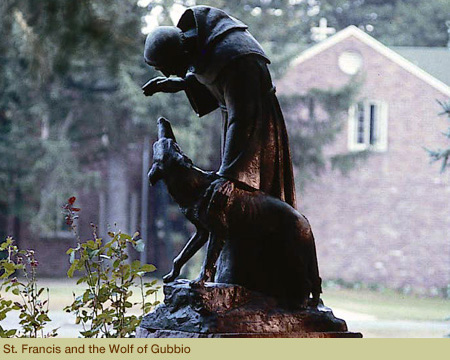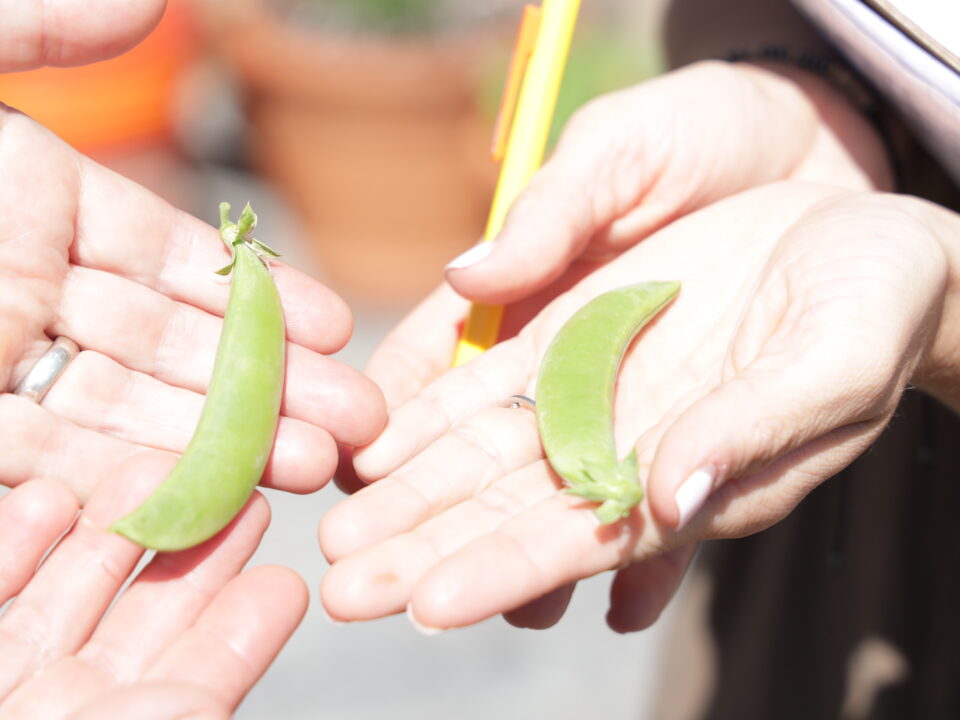
Symbols and Traditions
April 15, 2019
A Closet, a Shoe and Memories
May 16, 2019By Sister Nancy Linenkugel
Just as on March 17 when we all become Irish for one day, so, too, do we extend that privilege and all become Mexican on May 5, Cinco De Mayo. Enjoying tacos, pico de gallo, mariachis, and pinatas is de rigeur for that day.
It’s likely that Americans celebrate Cinco De Mayo more than Mexicans do. We tend to think of this as an important day in the Mexican culture, but their May 5 is actually eclipsed by Mexican Independence Day on September 16, which is akin to our July 4th Independence Day.
Cinco De Mayo does have historic significance since it’s a holiday that celebrates Mexico’s victory over French forces in the Battle of Puebla on May 5, 1862. We Americans emphasize the catchy phrase “Cinco De Mayo” and use it as a way to enjoy Mexican/American culture. Who doesn’t like a taco salad or tortilla chips and salsa?
Since Cinco De Mayo came into being only 157 years ago, St. Francis of Assisi certainly wouldn’t have known anything about that, so no such celebrating for him. However, the war conflict from which Cinco De Mayo originated would have been something St. Francis would have easily understood, as the city-states in Italy during his time battled each other and he himself was a soldier in such conflicts.
Now let’s shift from Mexico and cross the Atlantic Ocean to the town of Gubbio in the Umbrian valley, just 30 miles from Assisi. Gubbio was located in that medieval Italian hotbed of city/state wars. To commemorate an important victory of Gubbio over 11 neighboring allied cities in the year 1154, a festival called, “La Corsa dei Ceri”, has been celebrated annually on May 15, the day before the Gubbio patron’s feast of St. Ubaldo, since 1160.
La Corsa dei Ceri is a race in which teams of young men carry the Ceri, or three huge wooden pedestals each weighing 900 pounds. On the top of each pedestal is a statue honoring the city’s patrons: St. Ubaldo, St. Giorgio, and St. Antonio the Abbot. The teams run carrying the pedestals for a 2.5 mile course from the town piazza up to the San Ubaldo Sanctuary. Townspeople enjoy a multi-day festival.
St. Francis and the Wolf of Gubbio story occurred in 1220. Because the Ceri race started in 1160, that means it had been an annual event for 60 years when St. Francis was living for a time in Gubbio. “At the time when Saint Francis was living in the city of Gubbio, a large wolf appeared in the neighborhood, so terrible and so fierce, that he not only devoured other animals, but made a prey of men also; and since he often approached the town, all the people were in great alarm, and used to go about armed, as if going to battle.” (THE LITTLE FLOWERS OF ST. FRANCIS OF ASSISI, Chapter XXI)
Because we know that St. Francis loved life, because he spent time in Gubbio, because he used a compassionate approach with Gubbio’s menacing wolf, because Francis, too, knew the effects of being a city/state soldier, because he appreciated his Catholic heritage, because his Italian roots favored the priority of family and friends, and because he was a joyful person, I think it’s certain that Francis took part in the Ceri race festivities at least once while in Gubbio.
This is great news for us Franciscans. As if we needed a reason to enjoy Italian food fare, now we can help ourselves to yummy pasta and sauce in honor of the Ceri race on May 15. And the good part? We don’t have to do any running with a heavy pedestal.






